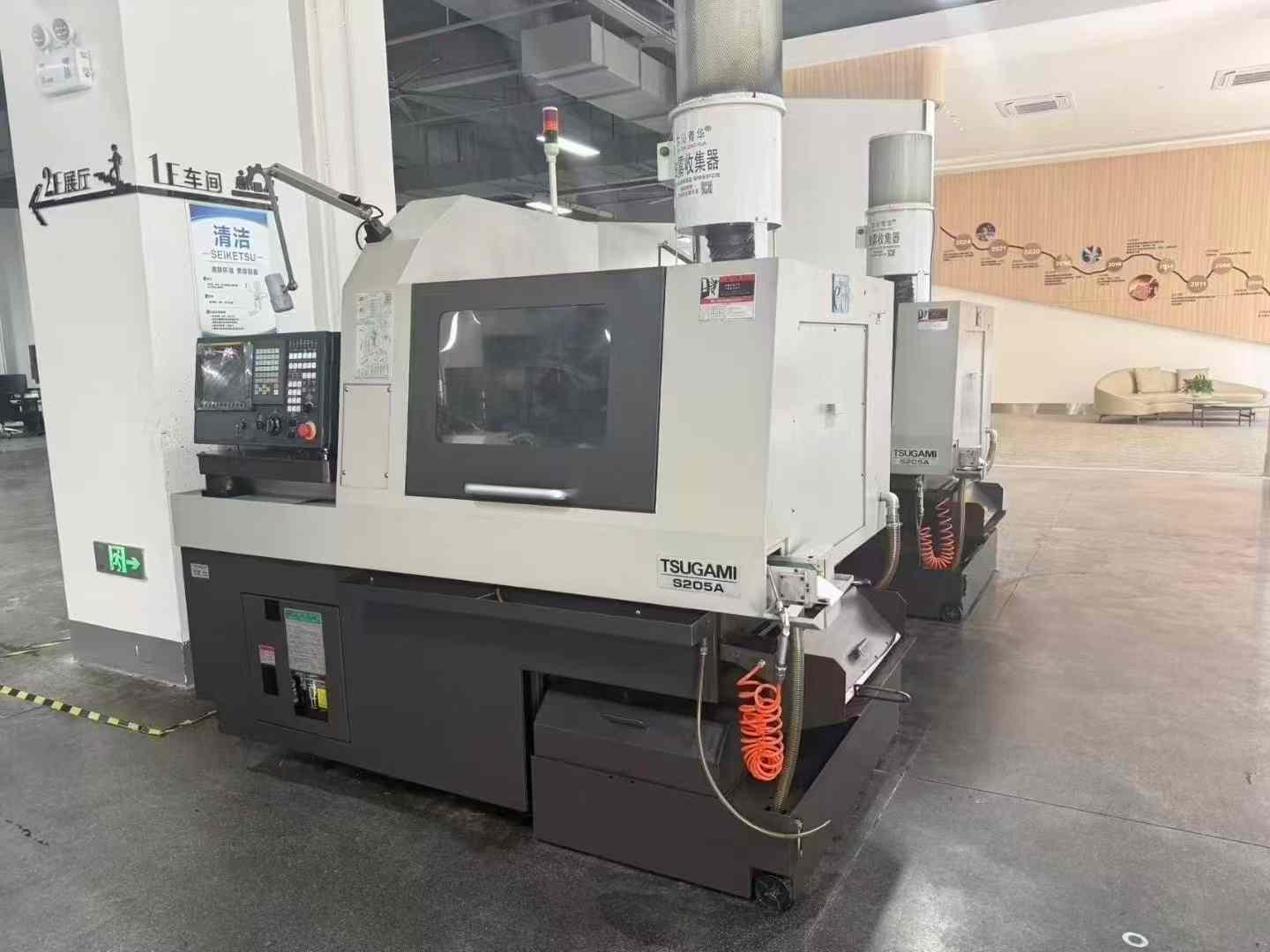How can you tell the true newness of a used Tsugami walker?
The following are some ways to identify the true newness and oldness of used Jinshang walking machine:
a. Appearance check the
shell of the equipment: carefully look at the overall appearance of the equipment, check the shell whether there are scratches, knocks, paint loss, rust and other traces. For lightly used equipment, there may be only a small number of minor scratches; while the use of longer or improperly maintained equipment, the shell may have more obvious damage.
Screen and operating panel: Observe whether the screen of the operating panel has scratches, wear and tear, colour difference, bad dots and other problems. Brand new or shorter use of the device, the screen is usually clear, no scratches, good display; if the screen has obvious scratches or display abnormalities, the device may be used frequently or not well protected. At the same time, check the operating buttons, knobs, etc. whether there is wear and tear, loose or fuzzy writing, if the button surface logo has been blurred, it is likely to be a long time due to frequent use.
Interfaces and cables: Check the various interfaces of the device, such as power interface, data cable interface, hydraulic interface, etc., to see whether there is wear and tear, deformation, oxidation or insertion marks and other signs of use. If there is obvious oxidation discolouration of the metal part around the interface, it means that the equipment has been used for a long time and may be in a more severe working environment. In addition, check whether the cable connecting the device is broken, aging, hardening, etc., the aging of the cable may be a security risk, but also indirectly reflect the age of the device.
Second, the system software to check the
software version: boot start the device, view the software version of the CNC system. Newer equipment usually installs relatively new system software, and equipment that has not been updated for a long time may have been used for a long time. You can ask Tsugami for the latest software version for that model of equipment to make a comparative judgement.
System Setup Parameters: Check the various parameter settings in the system, such as machining parameters, tool parameters, and axis parameters. If these parameters have been frequently modified or adjusted, it may mean that the equipment has been used for a lot of machining. In addition, check the equipment's working time records, fault alarm records and other system logs, from which the actual use of the equipment and maintenance history.
Procedure storage: Check the program storage space of the device, if which stores a large number of processing procedures, and the creation of the programme time span is large, indicating that the device may have been used for a longer period of time and undertake more processing tasks.
Third, the hardware configuration check
spindle system: check the accuracy of the spindle, you can use a micrometer and other professional tools to measure the radial runout of the spindle and axial runout, new equipment or use a shorter period of time, the spindle accuracy should be in the provisions of the high-precision range, such as radial runout is generally in the range of 0.005-0.01mm, axial runout is less than 0.005mm; and the use of a long period of time of the device, the accuracy of the spindle may be will decline. You can also check the spindle motor, bearings and other components, to see whether the appearance of the motor has signs of wear, overheating and discolouration, and whether the bearings are loose, abnormal noise and other problems.
Turret components: Observe the appearance of the turret for wear and scratches, especially on the tool holder and tool clamping parts. Check whether the knife tower's knife change action is accurate, rapid and smooth, and whether there is any abnormal sound or jamming phenomenon in the process of knife change. The turret of new equipment usually moves accurately and smoothly during tool change, while the turret that has been in use for a long time may have problems such as deviation of tool position and prolonged tool change time.
Guide rail and screw: Use a level or other tools to check the straightness and parallelism of the guide rail, as well as the transmission accuracy of the screw. The guide rail and screw of the new equipment have higher precision and run smoothly; the used equipment may be worn out and lead to loss of precision, crawling, vibration and other phenomena.
Fourth, the transmission parts of the inspection
gear and rack: check the gear and rack mesh, see whether the tooth surface wear, deformation, lack of teeth and other issues. New equipment, gear and rack meshing tight, smooth transmission; long time equipment, the tooth surface may appear wear marks, meshing will produce a gap, resulting in decreased transmission accuracy and increased noise.
Belt and chain: Check the tightness and wear of the belt and chain. If the belt or chain appears obvious slack, wear and tear, cracks and other problems, it means that the equipment has been running for a long time, need to be replaced in a timely manner, otherwise it will affect the transmission efficiency and stability of the equipment.
Fifth, the key components to check the
electrical components: check the electrical components such as wires, relays, contactors, switches, etc. inside the equipment to see if there is wire aging, cracking, oxidation, rust and other phenomena. Aging wires may have short-circuit, circuit breakage and other safety hazards, while oxidised and rusted electrical components may affect the normal operation of the equipment.
Hydraulic and lubrication system: check the hydraulic system of oil pumps, cylinders, tubes and other components to see whether there is oil leakage, oil seepage phenomenon, the colour of the hydraulic oil is black and dirty. The hydraulic oil of new equipment is usually clear and transparent, while the equipment used for a long time, the hydraulic oil will be discoloured due to pollution. At the same time, check the grease or lubricant of the lubrication system, if the lubrication parts are dry, coking or blackened grease, etc., it means that the lubrication system of the equipment is not maintained in a timely manner, and the equipment may be used for a longer period of time.



